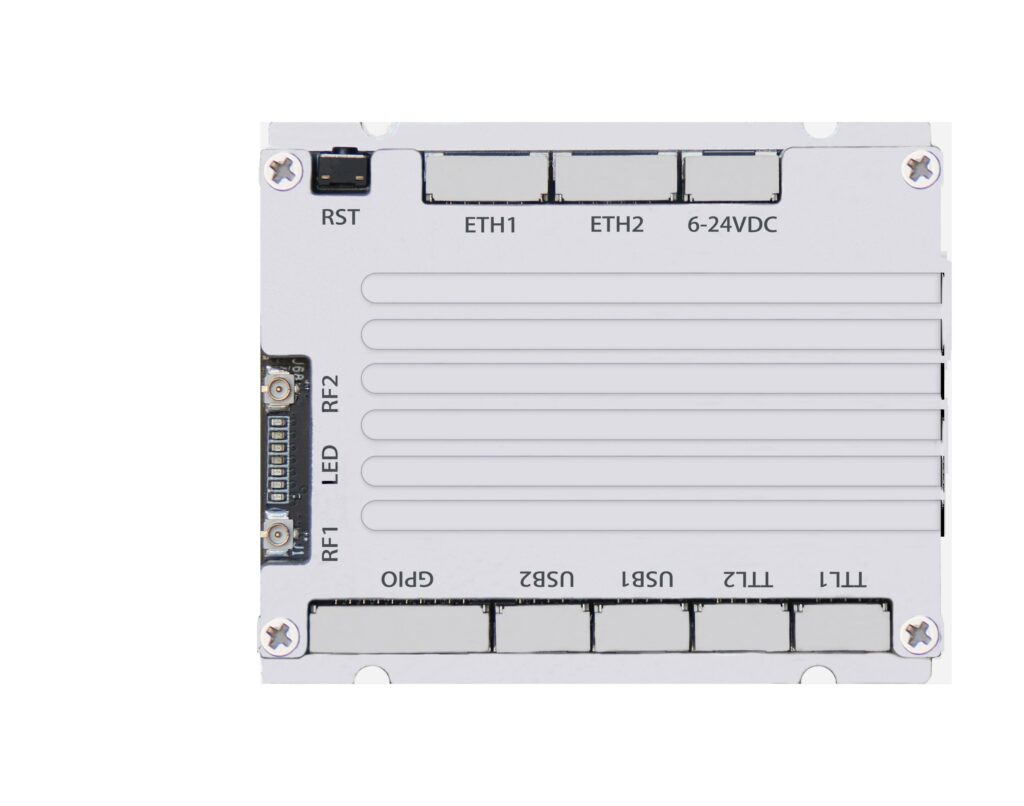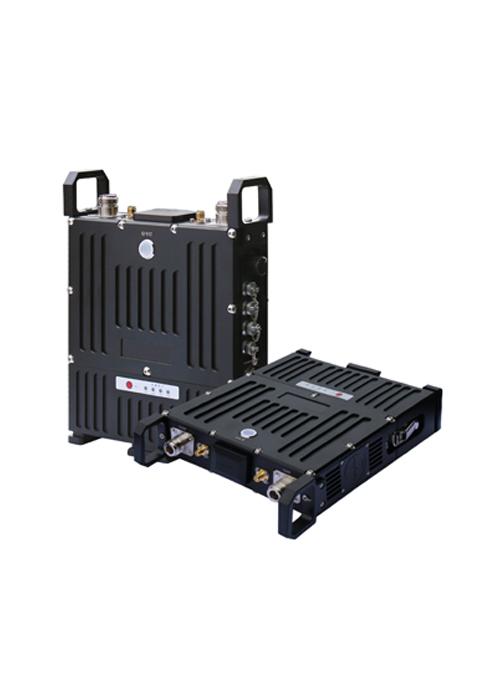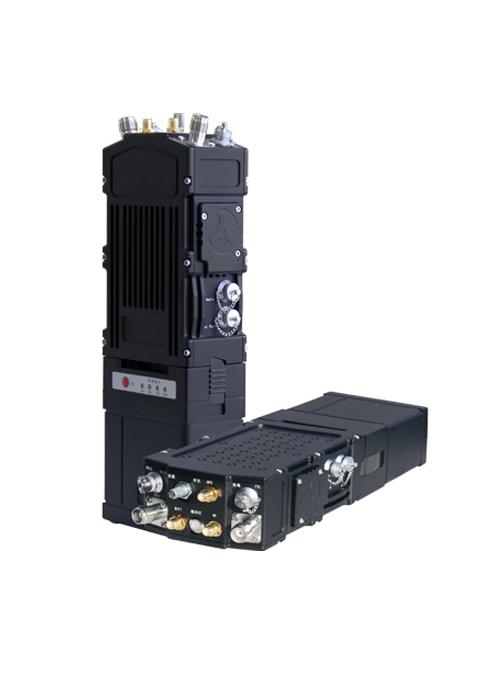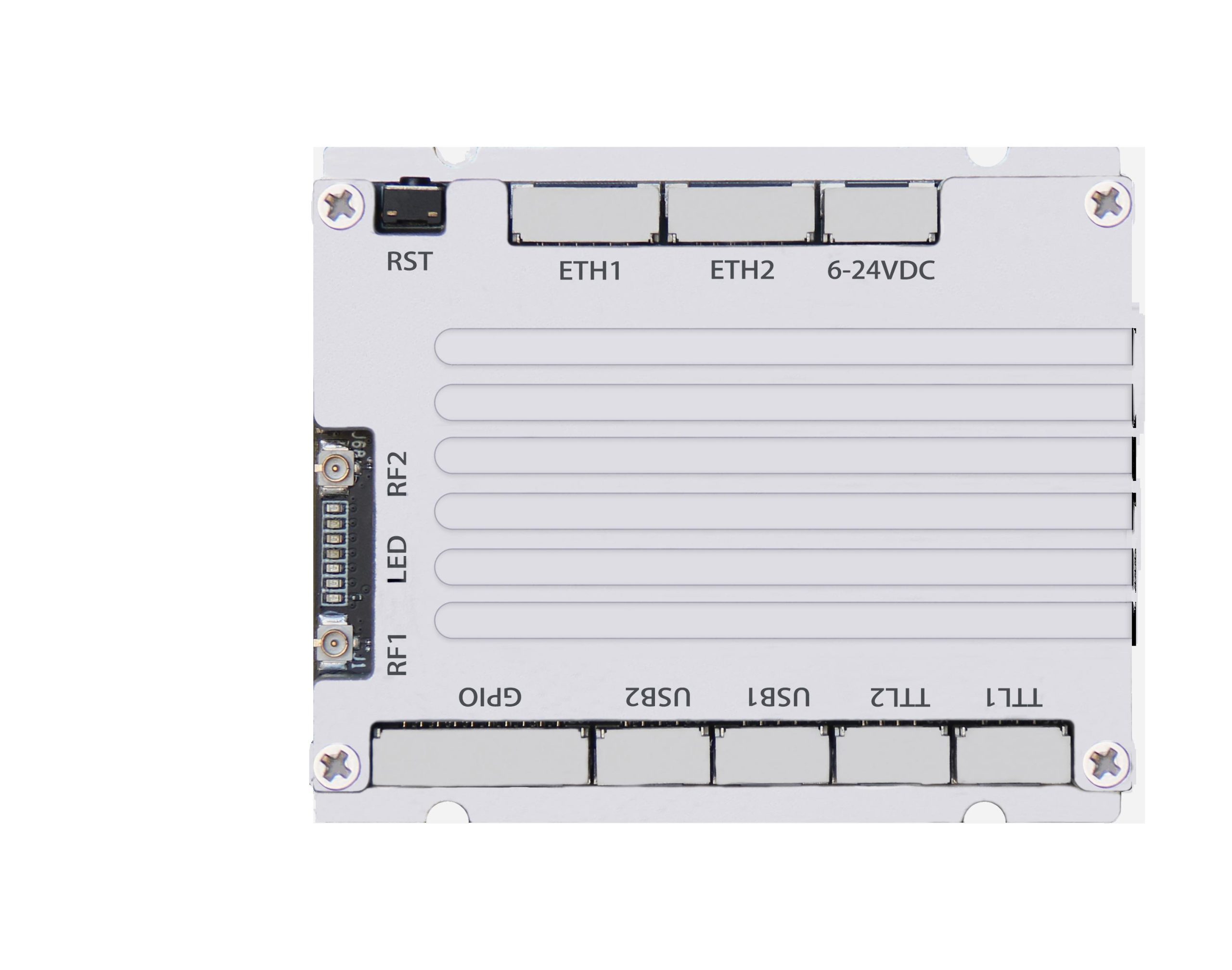
2.4G Airborne MIMO Mesh Networking: A Stronger Connection in the Air
What is an OFDM Airborne Multihop Ad Hoc Network?
An OFDM airborne multi-hop ad hoc network is a type of wireless network that uses multiple radios to communicate with each other. The radios are typically mounted on aircraft, and the network relays information from one plane to another.
OFDM airborne multi-hop ad hoc networks have several advantages over other types of wireless networks. They are very flexible and can be used in a variety of scenarios. They are also very efficient and can communicate over long distances.
A few disadvantages exist to using an OFDM airborne multihop multihop ad hoc network. One is that the radios must be carefully aligned to work properly. Another is that the web is susceptible to interference from other radio networks.
Overall, an OFDM airborne multi-hop ad hoc network is a potent tool for various situations. It is essential to consider the advantages and disadvantages of using this type of network before deciding if it suits your needs.
How does an OFDM Airborne Multihop Ad Hoc Network work?
An OFDM Airborne Multihop Ad Hoc Network is a type of wireless network that uses multiple radios to communicate with each other. The radios are typically spread over a large area, and each radio can communicate with any other radio in the network.
The advantage of an OFDM Airborne Multihop Ad Hoc Network is that it can provide high flexibility and scalability. The network can be easily expanded or contracted as needed, and the radios can be moved around to different locations if necessary.
Another advantage of an OFDM Airborne Multihop Ad Hoc Network is that it can be used in difficult-to-reach places. The radios can be placed in locations that are difficult to access, and they can still communicate with each other.
The disadvantage of an OFDM Airborne Multihop Ad Hoc Network is that it can be more expensive than other types of wireless networks. The radios and other hardware can be costly, and the web can be challenging to set up and maintain.
Suppose you are considering using an OFDM Airborne Multihop Ad Hoc Network. In that case, you should weigh the advantages and disadvantages carefully to decide if it is the right choice for your needs.
Benefits of an OFDM Airborne Multihop Ad Hoc Network
An OFDM Airborne Multihop Ad Hoc Network (OFDM-AMAN) has many potential advantages over a traditional single-hop ad hoc network. In this blog, we will discuss four main benefits of an OFDM-AMAN.
1. Increased Capacity: One of the main advantages of an OFDM-AMAN is its potential to increase capacity. This is because an OFDM-AMAN can utilize multiple hops to relay data, which means more data can be transmitted in a given time.
2. Increased Range: Another advantage of an OFDM-AMAN is that it has the potential to increase range. This is because an OFDM-AMAN can utilize multiple hops to relay data, which means the data can be transmitted over a longer distance.
3. Increased Reliability: Another advantage of an OFDM-AMAN is that it is more reliable than a traditional single-hop ad hoc network. This is because an OFDM-AMAN can utilize multiple hops to relay data, making the data less likely to be lost.
4. Increased Scalability: Another advantage of an OFDM-AMAN is that it is more scalable than a traditional single-hop ad hoc network. This is because an OFDM-AMAN can utilize multiple hops to relay data, which means the web can be expanded to support more users.
Product Introduction
XK-M372B is a high-performance with non-visual transmission wireless
transmission capability development platform, XK-M372B using Qualcomm
AR9344 chip design on board 30dBm; the highest rate of up to 300Mbps,
output power has 1W, the platform provides no dead uboot and openwrt sdk
open support, can be widely used in fire, armed police, military and other fields
of emergency communications. Army and other areas of emergency
communications.
Main features
– Frequency 2.4G
– Maximum number rate up to 300Mbps
– The transmission distance of 10-20km without obstacles
– Self-assembled network scale not less than 50 units, relay capacity more
than 10 hops
– Platform provides open support of immortal uboot and openwrt sdk
Main advantages
Applicable scenarios
– Long transmission distance
– High interference resistance
– Good bypass
– Safe and stable
-Military / public security
– Fire fighting equipment
– Emergency rescue command
– Forest / Mountain
– Coal mine wireless monitoring
– Outdoor power, survey
Product parameters

Related Products








